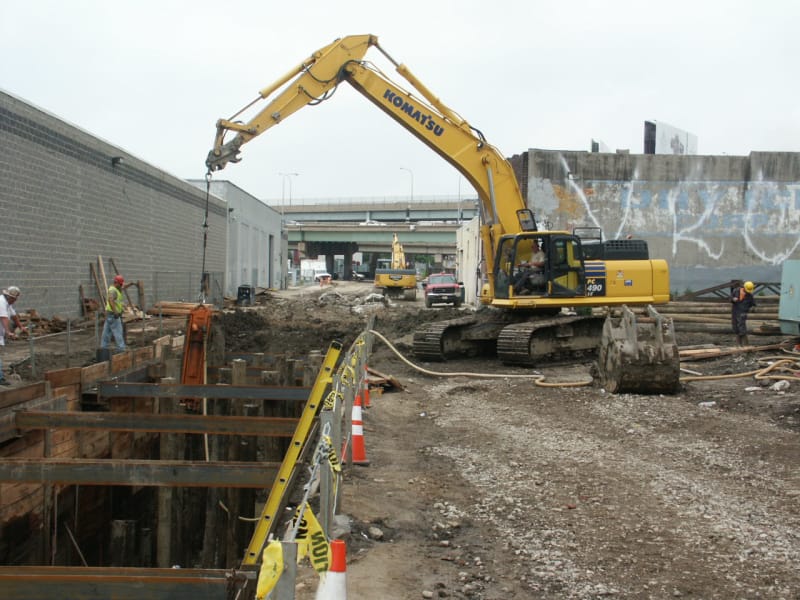pelelo
Geotechnical
- Aug 10, 2009
- 357
Engineers,
I am working on a small project that involves driving few H piles, 40 ft embedded to support a work platform.
One of the contractors asked is there is any problem if instead of driving the piles, they are vibrated. Even though they are different construction procedures I think they will provide the same result: install the pile on the ground, at the required depth.
I recommended piles being driven because that is what I have seen in the past. At the same time I can test the piles during the driving procedures (using the PDA).
But that question made me think what would be advantage or disadvantage of vibrating the piles instead?. To my knowledge a vibrated pile can not be tested (PDA), am I right?.
FYI, the stratigraphy is 5 feet of muck (N<5), then 5 ft of loose sand(N between 6 and 10), then for the next 40 ft, medium dense sand (N between 20 and 30).
Please let me know your thoughts. Thanks
I am working on a small project that involves driving few H piles, 40 ft embedded to support a work platform.
One of the contractors asked is there is any problem if instead of driving the piles, they are vibrated. Even though they are different construction procedures I think they will provide the same result: install the pile on the ground, at the required depth.
I recommended piles being driven because that is what I have seen in the past. At the same time I can test the piles during the driving procedures (using the PDA).
But that question made me think what would be advantage or disadvantage of vibrating the piles instead?. To my knowledge a vibrated pile can not be tested (PDA), am I right?.
FYI, the stratigraphy is 5 feet of muck (N<5), then 5 ft of loose sand(N between 6 and 10), then for the next 40 ft, medium dense sand (N between 20 and 30).
Please let me know your thoughts. Thanks


![[idea] [idea] [idea]](/data/assets/smilies/idea.gif)